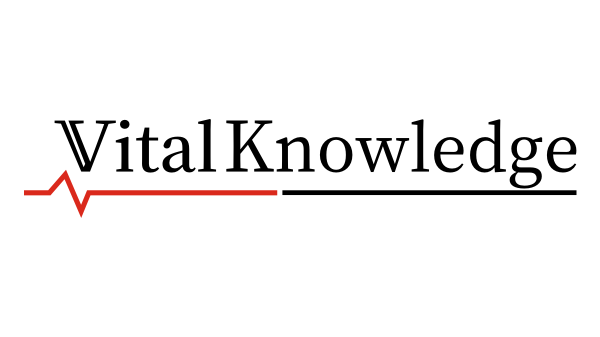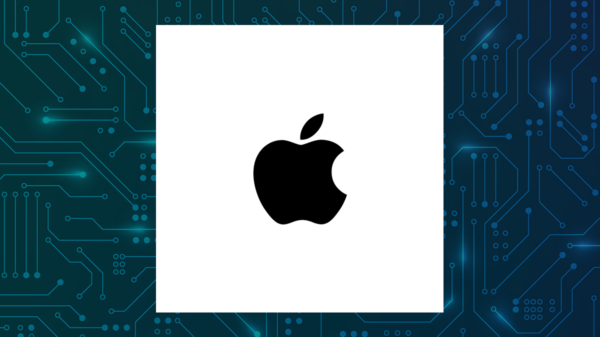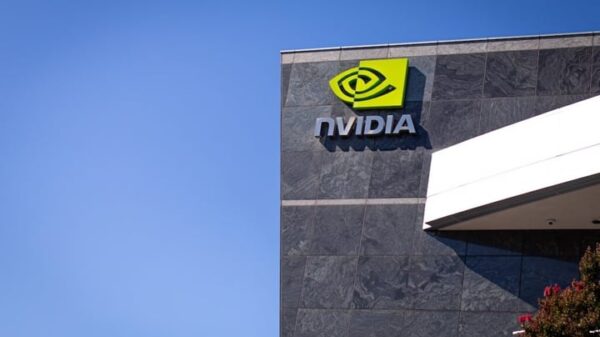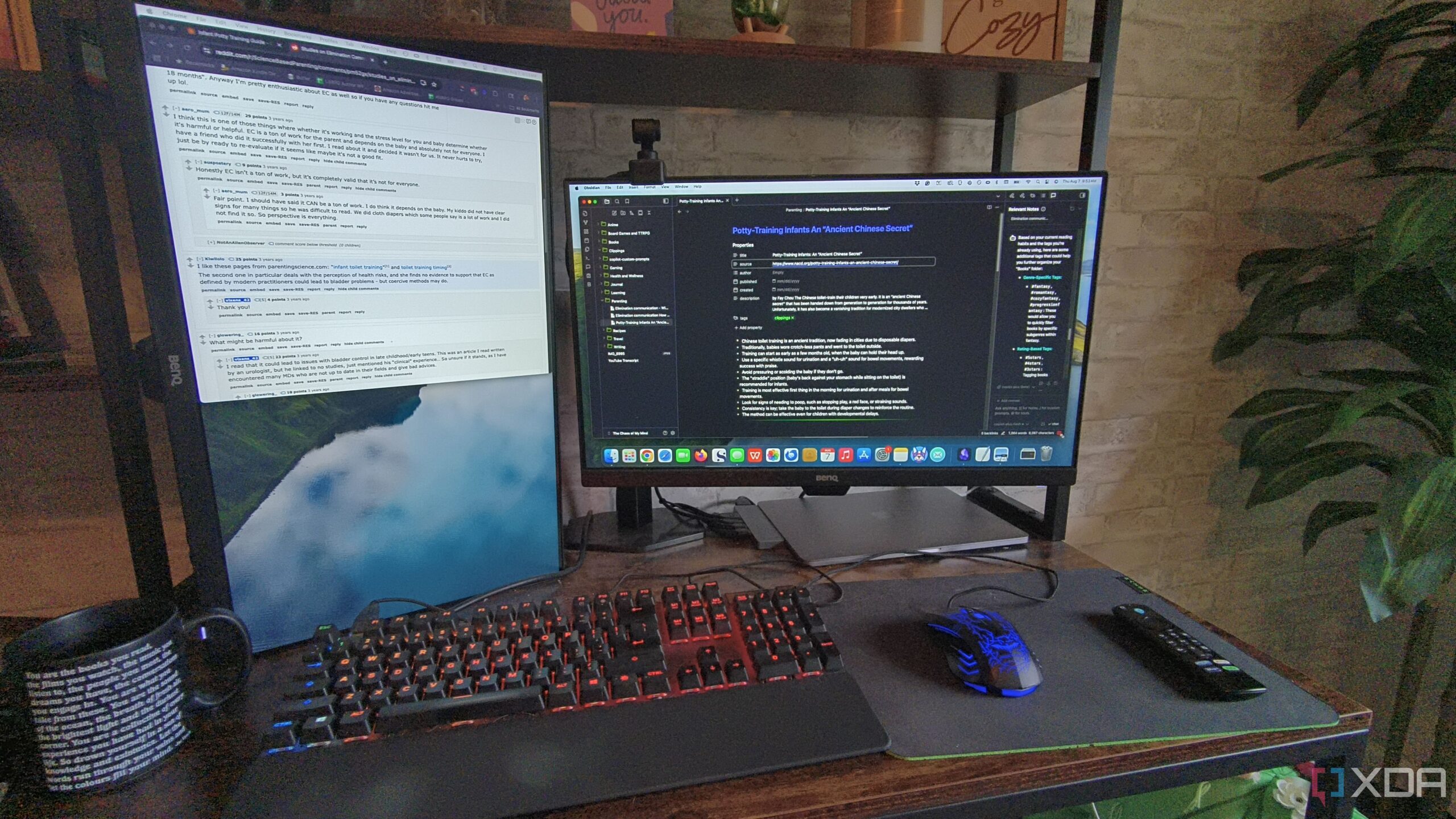UPDATE: New insights reveal critical mistakes to avoid when setting up your Obsidian vault. As users increasingly rely on this powerful note-taking tool, it’s essential to ensure your experience is streamlined and efficient.
Just announced, these four common pitfalls could slow you down significantly, making your vault frustrating rather than helpful. The urgency to address these issues cannot be overstated; failing to do so could lead to wasted time and unnecessary confusion.
The first mistake many users make is saving their Obsidian vault in a random drive. This can lead to hours of frustration as you hunt for your files. Instead of diving straight into your notes, you may find yourself lost in a maze of folders. Experts recommend storing your vault in a location you access frequently—like the Documents folder on your C drive. This simple step ensures you can locate your vault quickly, allowing you to focus on note-taking rather than searching.
Another critical error is creating too many folders right out of the gate. While it may be tempting to categorize every note, overloading your vault with unnecessary folders creates clutter. This can disrupt your Graph View, making it harder to visualize connections between your notes. The solution? Keep your folder structure simple and only create new folders as needed. This approach not only saves you time but also keeps your workspace organized and efficient.
Moreover, many users overlook the power of templates in Obsidian. Skipping this feature leads to repetitive typing and inconsistent formatting in your notes. By utilizing templates, you can automatically include vital information such as the note’s title, date, or time. Just incorporate variables like {{title}} and {{date}} into your templates, and watch your workflow improve dramatically.
Lastly, protecting your vault is paramount. Regular backups or syncing are essential to avoid catastrophic data loss. A sudden drive failure or accidental deletion could mean losing precious notes. Obsidian offers options like Obsidian Sync for secure cross-device protection, as well as integration with services like Google Drive, Dropbox, or iCloud. For those seeking advanced solutions, Obsidian Git allows you to save versions of your notes, providing a safety net against unexpected setbacks.
In summary, starting your Obsidian vault is straightforward, but staying organized requires vigilance. By avoiding these four common mistakes, you can enhance your note-taking experience and focus on what truly matters—learning and growing. Don’t let these pitfalls derail your productivity; implement these strategies immediately for a seamless Obsidian experience.
Stay tuned for more updates and insights on maximizing your productivity tools!







































































